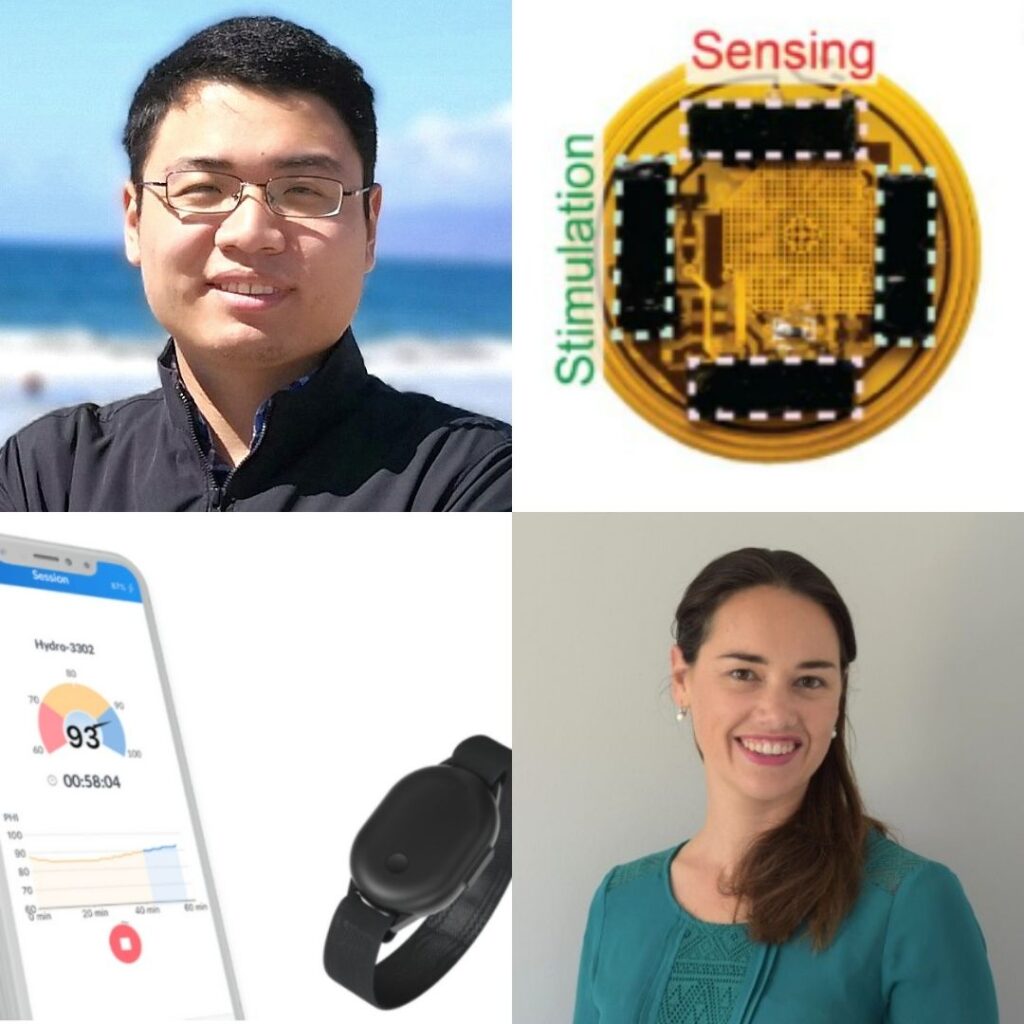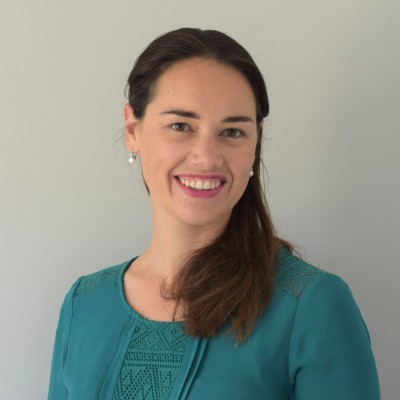
Wearables for health: Smart bandage and hydration sensing
We welcome you to join us in-person and on Zoom for our May eWEAR Seminar.
Date: Monday, May 9th from 12:00 pm to 1:30 pm PDT (talks start at 12:15pm)
Location: Stanford University (Y2E2 Building, Room 299) & on Zoom
Lunch will be provided for in-person attendees & a chance to talk with the speakers after the seminar.
Registration: Please click here to register
Safety Protocol: For visitors coming to campus please review the Stanford University Covid-19 Policies. Face coverings are strongly recommended for everyone attending.
Speakers:
Yuanwen Jiang
12:15 pm to 12:45 pm
“Wireless smart bandage for chronic wound management and accelerated tissue regeneration”
Michelle Hoogenhout
12:45 pm to 1:15 pm
“Personalized and reliable hydration detection using a wrist-based photoplethysmography (PPG) sensor”

Yuanwen Jiang, Ph.D.
Postdoctoral Researcher in Chemical Engineering, Stanford University
BioDr. Yuanwen Jiang is currently a postdoctoral fellow in the Department of Chemical Engineering at Stanford University with Prof. Zhenan Bao. His postdoctoral research focused on the development of soft and stretchable organic electronic materials and devices for unconventional biomedical applications. Dr. Jiang received his B.S. in Chemistry from Nanjing University in 2012 and his Ph.D. in Physical Chemistry from University of Chicago under Prof. Bozhi Tian in 2018. His thesis research was on the rational design of silicon-based inorganic semiconducting materials for remotely-controlled biointerfaces. Dr. Jiang’s past research on bioelectronics has led to multiple awards including Young Investigator Award from Baxter, IUPAC-SOLVAY International Award for Young Chemists, Young Investigator Award from ACS Division of Inorganic Chemistry, Graduate Student Award from MRS, and Graduate Research Award from AVS.
Chronic non-healing wounds represent a major source of morbidity for patients and a significant economic burden. Current wound care treatments are generally passive and are unable to adapt to changes in the wound environment in real time. By integrating multimodal sensors and adding stimulators in a bandage, real-time physiological monitoring is possible and provides an opportunity for active intervention into the complex wound environment. Here, we develop a battery-free flexible bioelectronic system consisting of wirelessly powered, closed-loop sensing and stimulation circuits with tissue-interfacing tough conducting hydrogel electrodes for robust signal transduction, on-demand adhesion, and detachment. Using multiple pre-clinical models, we demonstrate the capability of our wound care system to continuously monitor skin impedance and temperature, to trigger directional electrical stimulation. The accelerated wound closure was confirmed to be due to the activation of pro-regenerative genes linked to accelerated wound closure, increased neovascularization, and enhanced dermal recovery.

Michelle Hoogenhout, Ph.D.
Lead Data Scientist, Hydrostasis
BioMichelle Hoogenhout is the lead data scientist at Hydrostasis, Inc. Hydrostasis is pioneering hydration monitoring by collecting optical changes in blood flow, lipids and water content from wrist-worn sensors. Michelle holds a PhD in Psychology (Neuropsychology) from the University of Cape Town and a neuropsychiatric genetics training fellowship from the Harvard T.H. Chan School of Public Health. She has over 10 years of experience in machine learning and insight generation from physiological and psychological data. Her research interests include the intersection between physical states and emotional and cognitive performance, as well as developmental disorders and empathy. Michelle also loves teaching and instructional design: she’s taught data science, psychology, and statistics. In her free time Michelle loves hiking, board games and swimming.
Proper hydration and fluid management is challenging, particularly in the elderly and those with heart and kidney failure. The consequences of improper hydration are costly: Dehydration-related conditions accounted for nearly $5.5 billion in hospital charges, according to the 2004 US National Hospital Discharge Survey. Even minimal dehydration, classified as 1-2% loss in total body water, affects physical performance, mood and cognition. Hydration monitoring is therefore also important in professional sport and combat training, where water loss exceeding 2% of total body weight is common. However, because there are currently no reliable, non-invasive instruments to continuously monitor hydration status, consumers and clinicians have to rely on monitoring weight, checking physical signs of dehydration, or taking urine or saliva samples.
The Hydrostasis GecaTM optical wristband monitors tissue hydration levels and provides real-time feedback to users on their hydration status. The wristband uses photoplethysmography (PPG) to detect changes in hemoglobin, lipids and water volume in the tissues. In a pilot study with 54 healthy adults, we found significant differences in water-related PPG signals between non-hydration, hydration and exercise-induced dehydration conditions. Using a binary hydration/non-hydration classifier, we could predict hydration state in new users with 67% precision and 78% recall, and could predict optimal hydration with 72% precision and 96% recall. These results hold promise for continuous, remote monitoring of hydration status. The sensor can be used in a stand-alone device or integrated into existing smartwatches using PPG.
